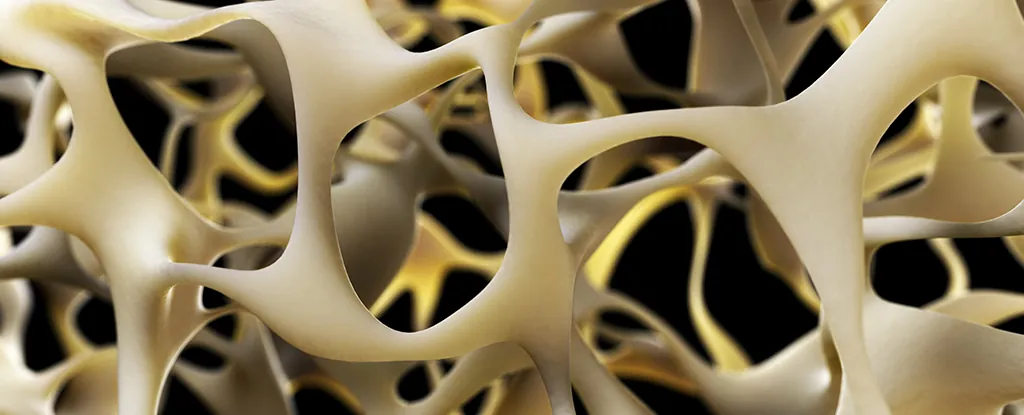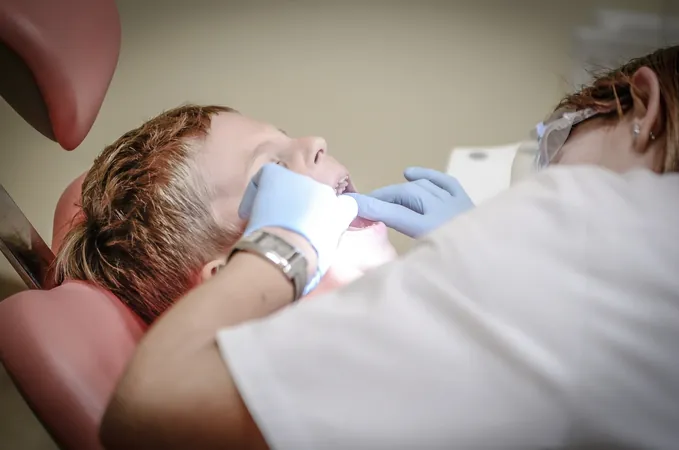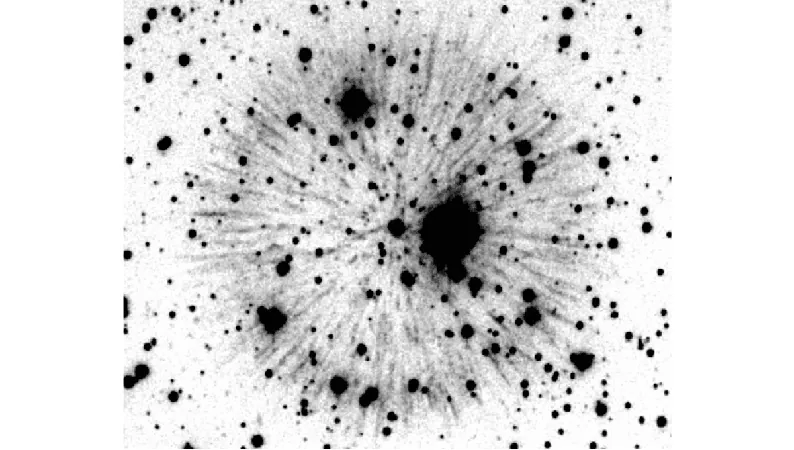
Revolutionary Discovery Could Combat Osteoporosis by Strengthening Bones
2025-09-21
Author: Li
A groundbreaking study unveils a powerful mechanism that could change the game in treating osteoporosis, the debilitating bone-weakening disease.
Conducted by scientists from the University of Leipzig and Shandong University, this research has pinpointed a critical cell receptor known as GPR133 (or ADGRD1) that plays a pivotal role in maintaining bone density through bone-building cells called osteoblasts.
Previously, variations in the GPR133 gene were linked to bone density issues, prompting researchers to investigate the protein it produces.
In their innovative experiments, the research team studied mice genetically altered to either lack the GPR133 gene or activate it using a chemical agent known as AP503. Mice devoid of this gene exhibited frail bones resembling osteoporosis, while those with the actively stimulated receptor displayed significant improvement in both bone production and strength.
Biochemist Ines Liebscher from the University of Leipzig commented, "By utilizing AP503, identified through cutting-edge computer-assisted screening, we saw substantial enhancement in bone strength for both healthy and osteoporotic mice."
AP503 acts as a biological catalyst, pushing osteoblasts to increase bone formation. Notably, the researchers also found that combining this substance with physical exercise magnified the strengthening effects on bones.
This discovery underscores the vital role of the GPR133 receptor in bone health. While these findings were observed in mice, they suggest similar mechanisms may operate in humans.
According to Liebscher, when this receptor is compromised by genetic alterations, early signs of bone density loss emerge in mice, mirroring the onset of osteoporosis in humans.
The researchers believe future therapies could not only bolster already healthy bones but also restore bone integrity in women experiencing osteoporosis during menopause.
With various factors impacting bone strength, this opens a frontier for scientists eager to develop strategies that combat osteoporosis and usher in a healthier old age.
Affecting millions globally, osteoporosis presents a serious health challenge. Current treatments can only slow its progression and often come with concerning side effects, yielding a desperate need for effective solutions.
"The newly revealed potential of this receptor for enhancing bone health underscores its significance for medical advancements, especially in our aging society," stated molecular biologist Juliane Lehmann from the University of Leipzig.







 Brasil (PT)
Brasil (PT)
 Canada (EN)
Canada (EN)
 Chile (ES)
Chile (ES)
 Česko (CS)
Česko (CS)
 대한민국 (KO)
대한민국 (KO)
 España (ES)
España (ES)
 France (FR)
France (FR)
 Hong Kong (EN)
Hong Kong (EN)
 Italia (IT)
Italia (IT)
 日本 (JA)
日本 (JA)
 Magyarország (HU)
Magyarország (HU)
 Norge (NO)
Norge (NO)
 Polska (PL)
Polska (PL)
 Schweiz (DE)
Schweiz (DE)
 Singapore (EN)
Singapore (EN)
 Sverige (SV)
Sverige (SV)
 Suomi (FI)
Suomi (FI)
 Türkiye (TR)
Türkiye (TR)
 الإمارات العربية المتحدة (AR)
الإمارات العربية المتحدة (AR)